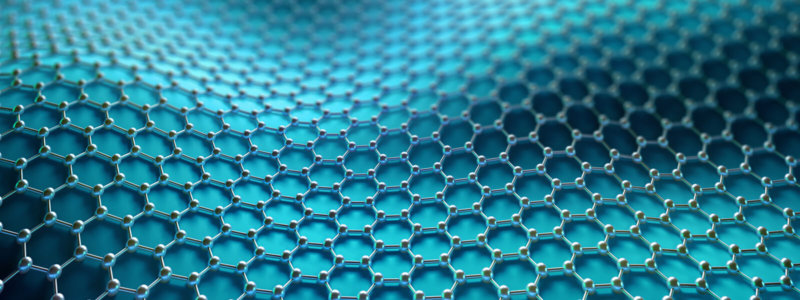Article: Oxygen Antioxidants Free Radicals
What is a free radical?
“Free radicals are atoms or groups of atoms with an odd (unpaired) number of electrons and can be formed when oxygen interacts with certain molecules. Once formed, these highly reactive radicals can start a chain reaction, like dominoes. Their chief danger comes from the damage they can do when they react with important cellular components such as DNA or the cell membrane. Cells may function poorly or die if this occurs. To prevent free radical damage, the body has a defense system of antioxidants.” [Rice.edu] Dr. Kurt Donsbach wrote another excellent definition of a free radical in his book, Oxygen-Oxygen-Oxygen (Rockland Corporation, 1993 – 13)
It is an element or compound which has an unpaired or unmatched electron. This lack of balance causes the substance to have a very reactive character. However, it must be noted that these free radicals are very short-lived, usually in the 1/10000 of a second range. But during this short time, these free radicals can cause damage by joining with other body chemicals and changing their character, sometimes even producing a chain reaction by creating new free radicals that carry on.
It is an element or compound which has an unpaired or unmatched electron. This lack of balance causes the substance to have a very reactive character. However, it must be noted that these free radicals are very short-lived, usually in the 1/10000 of a second range. But during this short time, these free radicals can cause damage by joining with other body chemicals and changing their character, sometimes even producing a chain reaction by creating new free radicals that carry on.
— Dr. Kurt Donsbach
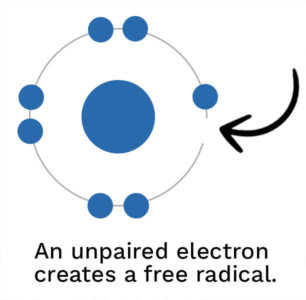
When the cells in the body encounter a free radical, it causes a bit of destruction in the cell. Constant free radical damage will eventually kill that cell. When the cells are damaged, the organism ages. So you can imagine the molecular chaos when free radicals start looking around for that missing electron!
I hope this doesn’t confuse the issue, but not all free radicals are harmful to you. Dr. Peter Rothschild, in his book, Free Radicals, Stress and Antioxidant Enzymes (University Labs Press, Honolulu, Hawaii. 1991; 3-4.), explains it this way:
Due to their over-reactive nature, free radicals can be extremely toxic and are a direct consequence of the primary stress factors that adversely affect the immune system and threaten our health. However, this is not to imply that free radicals are always harmful or dangerous. Minute amounts of free radicals are essential for many important functions of the immune system and other vital cellular activities.
For example, the immune system will actually generate free radicals to use in the process of removing a virus or bacteria. Only when high concentrations of free radicals are present, or when the levels of free radicals overwhelm the body’s ability to remove them, does a threat to our health occur. Maintaining the balance between free radical activity and antioxidant enzyme supply is one of the important functions of the body.
Due to their over-reactive nature, free radicals can be extremely toxic and are a direct consequence of the primary stress factors that adversely affect the immune system and threaten our health. However, this is not to imply that free radicals are always harmful or dangerous. Minute amounts of free radicals are essential for many important functions of the immune system and other vital cellular activities.
For example, the immune system will actually generate free radicals to use in the process of removing a virus or bacteria. Only when high concentrations of free radicals are present, or when the levels of free radicals overwhelm the body’s ability to remove them, does a threat to our health occur. Maintaining the balance between free radical activity and antioxidant enzyme supply is one of the important functions of the body.
— Dr. Peter Rothschild
So what do you do when free radicals overwhelm the body’s ability to remove them?
Oxygen Antioxidants Free Radicals Enemies
To the rescue, antioxidants!
The consumption of antioxidants can eliminate 99 percent of free radicals, as well as ones manufactured by the body to defend itself. For example, here are some natural antioxidant sources to help fight free radicals: onions, black and green tea, apples, carrots, garlic, bilberry, turmeric, oregano, mint, rosemary, summer savory, thyme, dill, barley grass, broccoli, Brussels sprouts, cabbage, wheat germ, mushrooms, flaxseed oil, sesame oil, caraway oil, Echinacea root, acidophilus. Some specific vitamins and minerals are beneficial in fighting free radicals, such as zinc, selenium, manganese, copper, chromium, vitamin A, vitamin C, vitamin E, bioflavonoids, and beta-carotene.
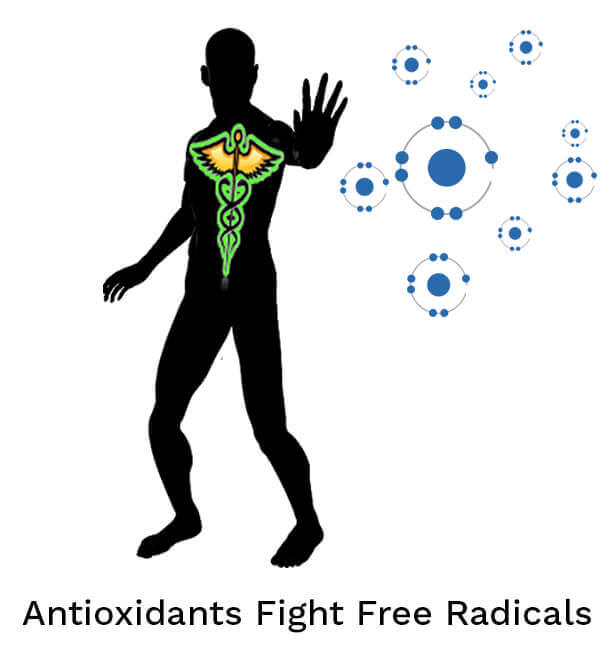
So what is the role that oxygen plays in this whole free radical issue? Low oxygen equals poor metabolism. If there is not a sufficient supply of oxygen at the cellular level, the cells will ferment (anaerobic) the glucose molecules for energy rather than burn them (aerobic). The anaerobic process prevents cells from performing their functions. The longer your body stays in the anaerobic state, the more chance for damage to your overall health.
Suppose you can add to your body’s oxygen supply. Bio-available liquid oxygen, such as OxygenSuperCharger™, can help increase your body’s oxygen supply and thus promote good health. You can help support its metabolic process and use antioxidants, such as those mentioned above, to help eliminate the buildup of free radicals that cause aging.
Our OxygenSuperCharger™ is the world's premiere bio-available liquid oxygen supplement.
-
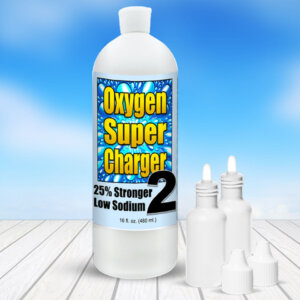
Ultra Strength OxygenSuperCharger2, 25% Stronger, 16–Ounce Bottle
$119.97 Add to cart -
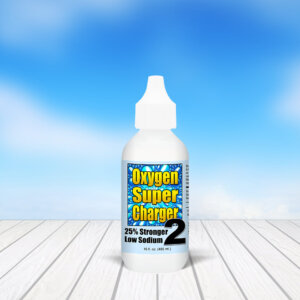
Ultra Strength OxygenSuperCharger2, 25% Stronger, 2–Ounce (Sample Size)
$35.97 Add to cart -
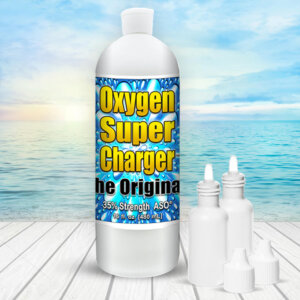
Original 35% Strength OxygenSuperCharger, 16–Ounce Bottle
$96.97 Add to cart -
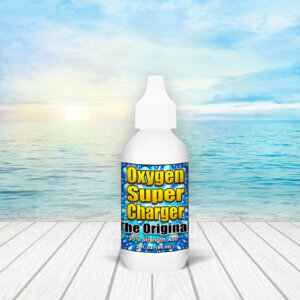
Original 35% Strength OxygenSuperCharger, 2–Ounce (Sample Size)
$27.97 Add to cart


